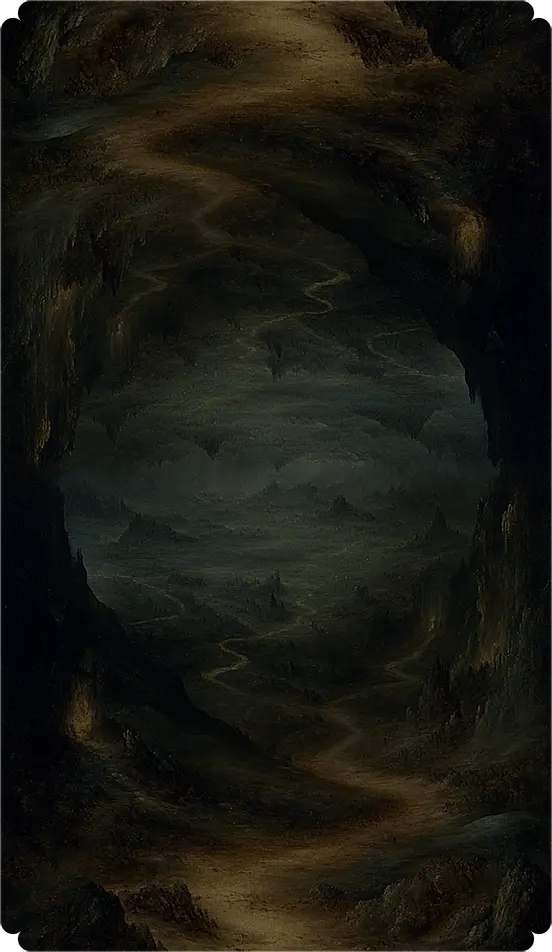IV.
The Emperor
General Description
The Emperor represents structure, authority, and stability. Seated on a throne adorned with ram heads, he embodies leadership and the drive to build and protect. His red robe symbolizes passion and power, while the mountains in the background reflect his steadfast nature. The Emperor encourages taking control of situations, setting boundaries, and leading with confidence. He is a figure of discipline and logic, reminding us of the importance of order in achieving lasting success.
Cultural Significance
The Emperor is the archetypal ruler, reflecting figures such as Zeus, the king of the Greek gods, and Odin, the wise leader of Norse mythology. He represents the patriarchal energy that brings order and structure to chaos. Historially, emperors and kings were seen as divine representatives on Earth, tasked with maintaining balance and justice. The Emperor card echoes this legacy, symbolizing responsibility, wisdom, and the power to create stability in uncertain times.
Trivia
The ram heads on his throne are associated with Aries, the zodiac sign of leadership and determination.
The Emperor is often linked to Mars, the planet of action, war, and ambition.
His scepter and orb represent his dominion over the material world.
IV.
The Emperor
General Description
The Emperor represents structure, authority, and stability. Seated on a throne adorned with ram heads, he embodies leadership and the drive to build and protect. His red robe symbolizes passion and power, while the mountains in the background reflect his steadfast nature. The Emperor encourages taking control of situations, setting boundaries, and leading with confidence. He is a figure of discipline and logic, reminding us of the importance of order in achieving lasting success.
Cultural Significance
The Emperor is the archetypal ruler, reflecting figures such as Zeus, the king of the Greek gods, and Odin, the wise leader of Norse mythology. He represents the patriarchal energy that brings order and structure to chaos. Historially, emperors and kings were seen as divine representatives on Earth, tasked with maintaining balance and justice. The Emperor card echoes this legacy, symbolizing responsibility, wisdom, and the power to create stability in uncertain times.
Trivia
The ram heads on his throne are associated with Aries, the zodiac sign of leadership and determination.
The Emperor is often linked to Mars, the planet of action, war, and ambition.
His scepter and orb represent his dominion over the material world.
IV.
The Emperor
General Description
The Emperor represents structure, authority, and stability. Seated on a throne adorned with ram heads, he embodies leadership and the drive to build and protect. His red robe symbolizes passion and power, while the mountains in the background reflect his steadfast nature. The Emperor encourages taking control of situations, setting boundaries, and leading with confidence. He is a figure of discipline and logic, reminding us of the importance of order in achieving lasting success.
Cultural Significance
The Emperor is the archetypal ruler, reflecting figures such as Zeus, the king of the Greek gods, and Odin, the wise leader of Norse mythology. He represents the patriarchal energy that brings order and structure to chaos. Historially, emperors and kings were seen as divine representatives on Earth, tasked with maintaining balance and justice. The Emperor card echoes this legacy, symbolizing responsibility, wisdom, and the power to create stability in uncertain times.
Trivia
The ram heads on his throne are associated with Aries, the zodiac sign of leadership and determination.
The Emperor is often linked to Mars, the planet of action, war, and ambition.
His scepter and orb represent his dominion over the material world.



